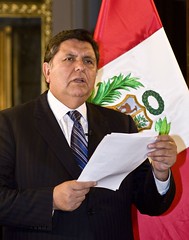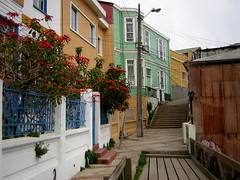Conquest of the Huarco of the Cañete Valley
Six centuries have now passed since the young Túpac Yupanqui, chief commander of the victorious army of his father the grand Inca Pachacútec, set eyes on this extensive green valley for the first time from the dry desert hills above, the valley that today is called Cañete. Strategically allied with the Chincha further south and the local rulers of what is now a town called Asia further north, perhaps the young Inca thought the conquest of the prosperous Guarco (Huarco) people would be simple.

Led by an intimidating and fierce woman, the Guarco resisted the advance of the Incas for more than five years and built a reputation for being invincible, as well as becoming a thorn in the Incas’ side.
During this time, the Incas constructed the city of Incawasi further up the valley in an area just out of Guarco control. Túpac Yupanqui pledged to live here until the Guarco were defeated, and along with him came various elite members of the Inca civilisation.
After five years, a frustrated prince opted for diplomacy instead, deciding to grant the small Guarco community complete autonomy within the empire should they submit, an autonomy that would allow them to trade and manage food supplies as they wished.
With that, the Guarco joined the famed Tahuantinsuyu empire and all celebrated at the temple at the shores of the Pacific ocean in their city of Cerro Azul.
It was only later that the Guarco discovered that they had been tricked. Taking advantage of the distraction, Inca soldiers occupied strategic positions in the tiny Guarco territory, and quickly destroyed the Guarco defences and eliminated the Guarco warriors… except for those in the Ungará fort.
Protected by high walls and using the advantage of the higher ground, the elite garrisons of the Guarco defended the fort metre by metre until it became obvious they were defeated. Rather than give in to the invaders, they valiantly and defiantly threw themselves off the cliff and into the river below. This infuriated the Inca prince – he had ordered that the survivors of the attack be hung from the walls of the fort as an example to other “problem nations” standing in the way of the advance of the Inca empire.
Today looking out over the ruins of the fort of Ungará, barely recognisable, its hard to imagine what once occurred here. The green pleasant valley, only blighted by the city of Cañete in the distance, is calm and quiet with a sea breeze that carries the smell of grapes and apples grown along the rushing river.
Tags: cañete valley, cerro azul, huarco, incas, incawasi, pachacutec, ruins, tupac yupanki, ungara




![Barin Bababo: Shipibo Konibo: Cosmovision of an Amazonian People [Featured]](http://farm4.static.flickr.com/3046/2690181371_9560b0c204_m.jpg)





